Malaria causes more deaths in sub-Saharan Africa than car accidents, cancer, AIDS or war, even though the disease can be easily cured with an inexpensive pill. I find that fact incredibly disturbing, so I’ve traveled to Africa multiple times to write about this problem.
But honestly, I mainly go to Africa because I like it. Africa isn’t all terrorism, famine and disease. It just seems like that because those are newsworthy topics. Outside of those stories, there’s art, kindness and beauty like I’ve never witnessed before. It’s a huge continent with all-night clubs, traditional ceremonies and everything in between.
I recently visited Mali, a landlocked country about twice the size of Texas. Most of Mali’s 14 million inhabitants live in the south by the capital, Bamako, or near farms of corn, okra, cotton and rice that flourish in the countryside during the rainy season. The southern population swelled last year when people fled from Al Qaeda affiliates who invaded Timbuktu and other northern cities.
At a hostel in Bamako I meet Mohamed, a silversmith who left Timbuktu. He’s dressed in an embroidered aqua tunic that falls past his knees to reveal loose, matching pants below. He belongs to a traditionally nomadic tribe, the Tuaregs, and creates the stunning jewelry for which Tauregs are now known. As he shows me photos of his goods, I focus instead on his perfect English and ask if he’ll act as my translator during some meetings I’ve booked downtown.
As we leap over puddles in the dirt road, he tells me about how hard was to adapt to life in Bamako during the conflict as a person who is recognizably from the north. We’re interrupted by a gaggle of children who dash coyly forward to hold my hands. The sky is bright blue even though buckets of rain pounded the earth hardly an hour ago. We veer into lighter topics. He and his brother founded an art collective, called Association Timidwa (“friendship” in Tamachek, Tuareg language). Next year they hope to win a contest to visit a trade show in Santa Fe, New Mexico.
Far east of Bamako, there is only one paved road over an expanse of red and tan land. Beyond the road lie small farms and dirt paths leading to villages with huts made of mud, hay, and oil. Cars are few and far between. People lead life as it was more than a century ago. As I grow accustomed to the region, I can tell when I am approaching a village because the sweet smell of roasting shea seeds fills the air. Slightly smaller than a plum, the fruit from the shea tree yields a milky substance when peeled to reveal the seed within. Women heat the seeds over a fire, and then roast them in a pot to collect the oily layer that accumulates. As the last bits of water evaporate, shea butter forms (photos below). Some of the butter will be sold, and some may stay in the village where it’s used to treat ailments ranging from digestive aches to parched skin.
I’m traveling with two locals: Louka, a community health worker, and my translator, a teacher named Sadio. When we arrive in villages, they exchange a series of greetings in Bambara or Minianka dialects that sound like a call-and-response prayer, but, I learn, are really just queries about a person’s health and their family’s well being. In one village, Louka catches up with a group of men making knives (video below). While one man pounds the blade, another etches a wooden handle. Behind them, a boy, perhaps ten, spins a wheel that feeds oxygen to glowing red embers.
Each village chief offers us strong, heavily sweetened tea. We always accept and drink from the same glass. One chief offers to pose for a photograph. He steps into his hut and emerges wearing a decorated cap, an old rifle, a dagger and something that looks like a maraca covered in hair. Most people in Mali are Muslim, but they also maintain traditional African religions. Neither the chief nor Sadio will explain the how the maraca is used.
At another village, the chief’s wife brings out bowls of food to share: rice, noodles and dried fish. For the first time in my life, I am told I don’t know how to eat with my hands. A single spoon emerges from a hut in my honor.
None of this is news. It’s just glimpses of every day life from a country that well-informed people in the United States might only know from its recent struggle against the jihadists. Ethan Zuckerman, an Internet activist at the MIT Media Lab, often speaks about the imbalance that occurs when people only hear about the tragedies that occur in far-away lands but learn little else about the people in that place.
“A lot of us hoped that once we had the Internet we might have more information about the world,” he says, “but now we may be fooling ourselves to think we have an accurate picture of Africa when in fact it is no more accurate than it was before the Internet age.”
A solution? Visit, of course. But otherwise, Zuckerman recommends searching for posts from abroad. He follows the Twitter hashtag #233moments to see a reflection of every day life in Ghana. And I’ll point you towards an amazing West African music blog, Sahel Sounds.
****
Amy Maxmen is a freelance science journalist who writes for outlets including Nature, The Smithsonian, and Nova Next/PBS. This post derives from a trip sponsored by the Pulitzer Center on Crisis Reporting.
Photos by Amy Maxmen
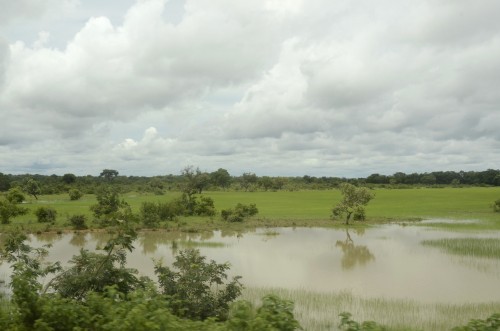
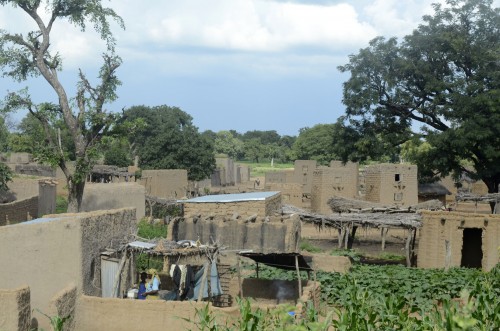
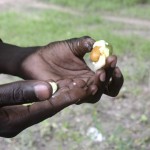
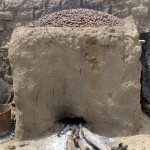
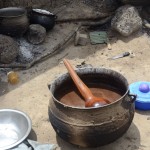
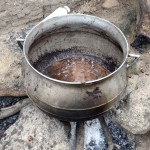
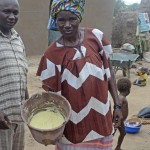
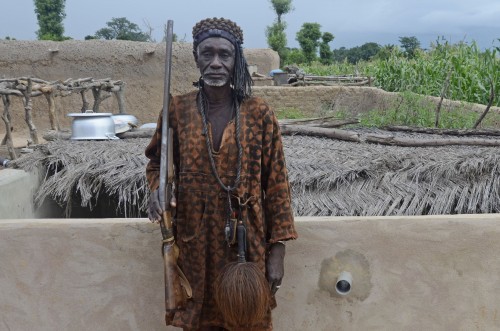
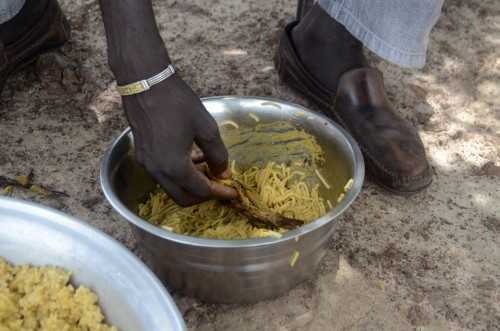
Wow. Nice work, Amy. I am indeed tempted to go to Mali. That’s something I wouldn’t have said yesterday.
Great! There’s a few people I’d like you to meet if you do.